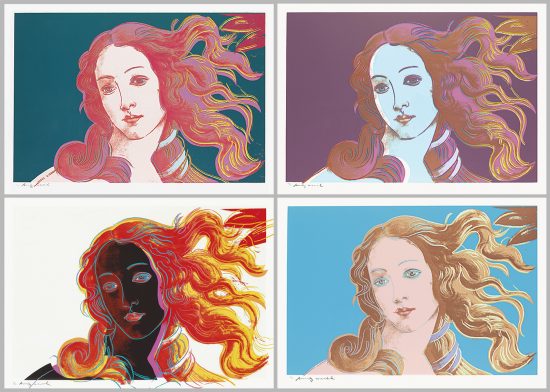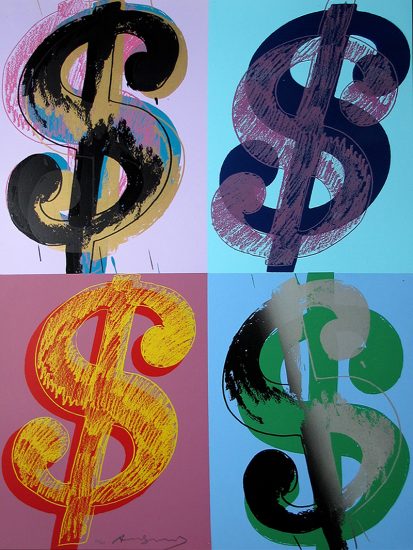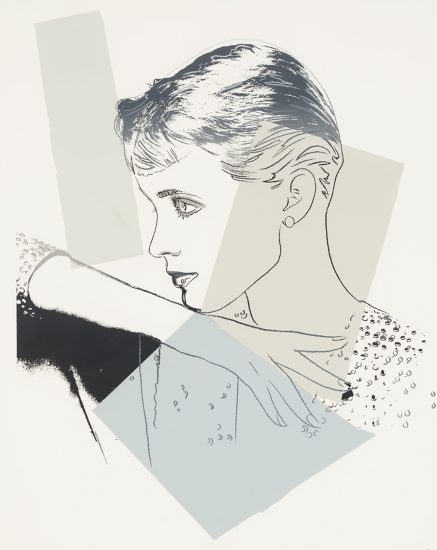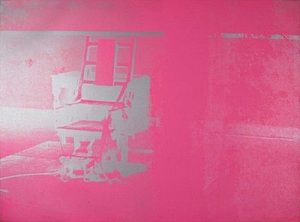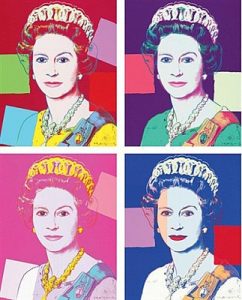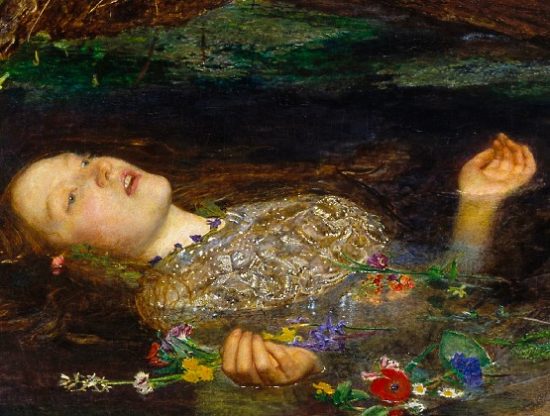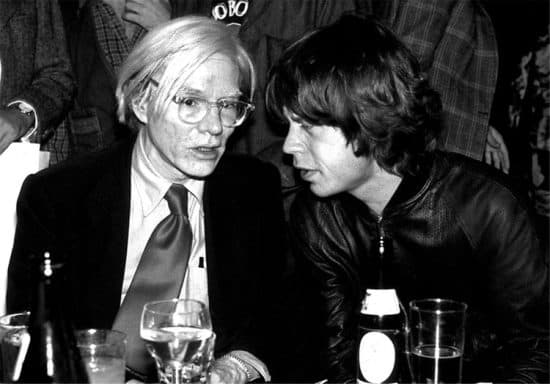
In 1984, Andy Warhol departed from his usual portraits of celebrities and initiated the Details of Renaissance Paintings series. For this series, Warhol cropped images of old Master paintings and gave these portraits the vibrant colors and kitschy style for which he is known. He strips each work of its original intent and instead focuses on their value as symbols of popular culture. Furthermore, the process of silkscreening deliberately appropriates the painstaking process of painting the original masterpieces. What results is a poignant statement on mass consumption of artistic masterworks.
Piero Della Francesca, Madonna of the Duca da Montefeltro, c. 1472
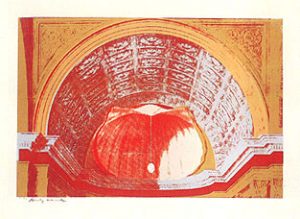
The source image for this screenprint is an oil painting that also goes by the name of Brera Madonna. The original painting is housed in the Pinacoteca di Bera of Milan and was commissioned by Frederico III da Montefeltro, Duke of Urbino to honor the birth of his son. The original painting features the Virgin Mary enthroned with the young Christ on her lap. Surrounding them are angels and saints. In the right corner, the duke kneels by her side. Above the scene, the apse of the church is a semi-dome with a hanging ostrich egg. The egg can be a symbol of eternal beauty, virgin conception, and of the Creation. The dome is the central view which Warhol focuses in his screenprint edition.
Sandro Botticelli, Birth of Venus,1482
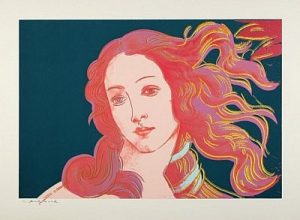
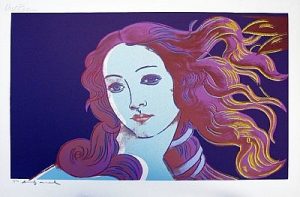
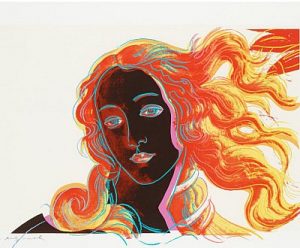
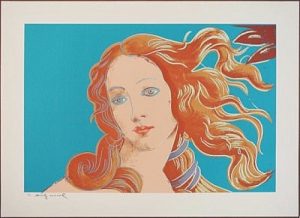
The original image of this screenrpint is from Sandro Boticelli’s Birth of Venus, 1482. The painting is currently held at the Uffizi Gallery of Florence and was once owned by the Medici family who were wealthy art patrons during the Italian Renaissance. In the image, a nude Venus emerges out of a shell on the sea. This iconic image was created to symbolize beauty, virginity, and purity. Even today, reproductions of this image proliferate in artworks and everyday objects. Warhol’s screenprint crops the painting and focuses instead on her beautiful face and flowing hair.
Leonardo Da Vinci, The Annunciation, 1472
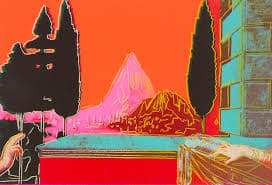
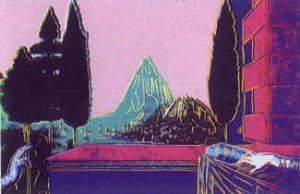
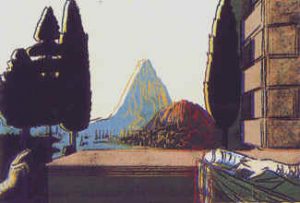
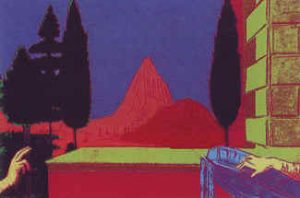
The subject matter for this painting is the biblical scene in which the angel Gabriel announces to the Virgin Mary that she would miraculously conceive and give birth to the son of God, Jesus. The commission source of this painting is unclear, however this scene was very popular in artworks and was depicted many times in Florentine art. Warhol’s adaptation is quite unique. In his screenprint, we only see the hands of the angel and the Virgin. Their hands, gestural and symbolic, truly represent the significance of the scene. By cropping the image thus, Warhol takes viewers to the most climactic point in this image.
Paulo Uccello, St. George and the Dragon, 1460
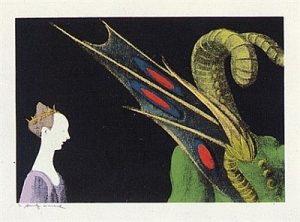
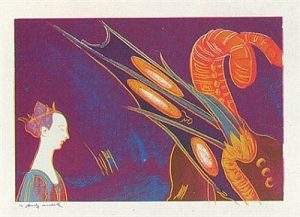
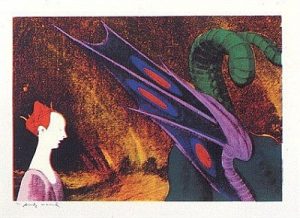
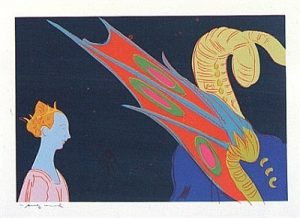
The original painting depicts a scene from the well-known story of St. George and the dragon. To the right, St. George is dramatically spearing the dragon. At the left, the princess holds a leash tied around the dragon’s neck. Behind St. George, a gathering storm symbolizes the presence of divine intervention. Warhol crops the image to only show the pale princess and the spotted dragon’s wing. Rather than focusing on the violence, this cropped image instead focuses on the calm and controlled moments of the scene.

